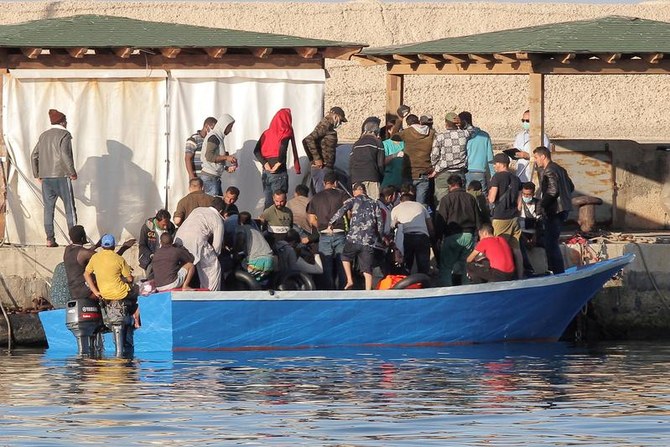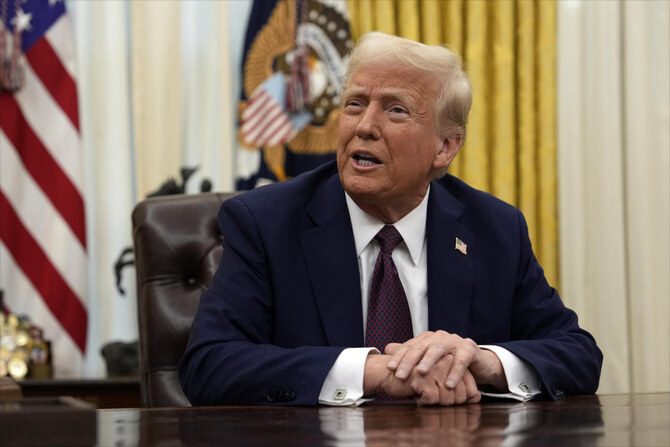ROME: North African migrant arrivals in Italy have trebled this year, with about 40 percent originating from Tunisia, the Italian government has said.
During questions in the Italian Chamber of Deputies, Interior Minister Luciana Lamorgese said: “Facing the influx has been made more complicated by the pandemic.”
She added that migrant arrivals in Italy increased to 32,000 this year, with a reported 38.7 percent of the new arrivals from Tunisia.
“Numbers of repatriations are always limited compared with the number of migrants arrivals,” she said.
There were 2,988 readmissions carried out this year, including 1,564 to Tunisia.
About 1,200 people were transferred following “the agreement recently signed between Italian and Tunisian authorities that allowed 10 additional flights on top of the usual two that are scheduled every month for repatriation purposes,” Lamorgese added.
“We are the border country with the most positive feedback in terms of readmissions,” she told the Italian Parliament.
The minister also mentioned the issue of illegal migrants in the so-called “CPR” migrant detention and repatriation centers. Sicily is home to many of the centers, as is the island of Lampedusa, which is easily reached from Tunisia.
The centers have faced severe overcrowding in recent months, with only 1,525 spaces available nationwide. Several NGOs have criticized the situation in statements to the Italian press.
Lamorgese said the overcrowding issue can be blamed on Italian legislation that allows detention of migrants for up to 180 days for identification and asylum request purposes.
The minister is planning to draft a law that will reduce the 180-day time period, but warned that existing infrastructure is “insufficient for the numbers on Italian territory and more CPR centers will need to be set up.”
Lamorgese said that during an EU Council of Interior Ministers meeting she “asked for agreements at a European level with African countries to have more impact on repatriations.”
She added that she was “absolutely satisfied” with a new pact on migration and asylum designed by the European Commission to replace the Dublin regulation.
However, she said: “This new pact does not satisfy the countries of first arrival. There are issues that we are bringing forward as part of our negotiations, but I think it will be difficult to conclude something beyond general guidelines. We still need intense negotiations on single aspects by European countries.”
The minister also announced that a new meeting with Tunisian authorities on migration issues “could take place in December.”
She will renew a proposal for cooperation with the Tunisian Coast Guard so that migrants can be rescued by the Italian military after being alerted of departures.
“Once they arrive in Italy, we organize repatriations. That’s the only way we have to save lives and avoid tragedies,” she said.
Lamorgese said that regular migration flow “should be encouraged at a government level in order to decrease the relevance of criminal networks that traffic human beings.”
She also reiterated the parliamentary majority supporting Prime Minister Giuseppe Conte’s work to lift the cap on the number of migrants allowed into Italy.
The cap was set two years ago by her predecessor in the Interior Ministry, the anti-migrant leader of the Northern League party Matteo Salvini.
The coronavirus pandemic has also been a “complicating factor for all states,” the minister said.
She said Italy has five quarantine ships on the Sicilian coast housing 2,730 people.
As of Nov. 17, 9 percent of people on quarantine ships had tested positive for coronavirus, while 1.56 percent tested positive in hosting centers.






















